Thank you for your patience.
This time, my heart is pounding in anticipation for the next part in telling you about selecting and explaining the parts!
I always get really excited thinking about which parts I’m going to use after I think about the circuit, then I see where I’m going next and the type of sound I want.
There have been many times when I have experienced the same circuit can have a completely different sound depending on the components used.
Some people say, “Parts don’t make a difference in sound,” but that’s not true.
In fact, high-end audio amps and devices made by DIY enthusiasts only use high-grade and high-quality sound components.
Is it possible to produce the same quality of sound when all of these high-grade parts are replaced with inexpensive ones?
If everything sounded the same, there would be no point in using expensive high-grade parts from the beginning.
I will be introducing some rare parts, but I hope they won’t disappear from the market because of my article.
Let’s start with
Part #1: Transformer OEP A187A10C

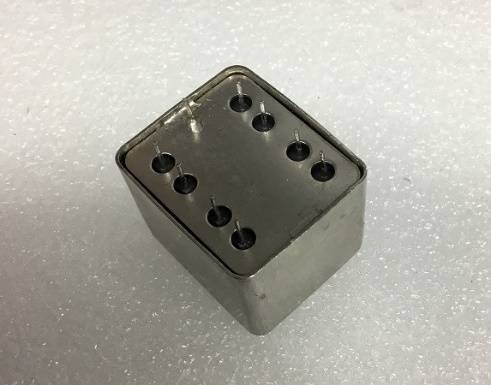
This is the most uncompromising item to achieve the NEVE sound.
The only savior in this age is this transformer being available on the market when the vintage NEVE parts were no longer possible to obtain.
This is a high quality transformer made in England, and now you can easily get it in Japan.
I have made many direct boxes so far and have always used Japanese SANSUI transformers.
At the same time, I always wondered if I could do something to eliminate the distorted sound that comes in at the attack.
However, this time, I don’t have to worry about that!
Good for bass, good for acoustic electric guitar, and of course, good for electric guitar. The sound of this OEP transformer is just outstanding.
Considering the fact that NEVE clones and makers of NEVE-inspired products now use this transformer, I can say that there is no other choice.
Part #2: Transistor (complimentary) BC550 & BC560 or 2SA970 & 2SC2240
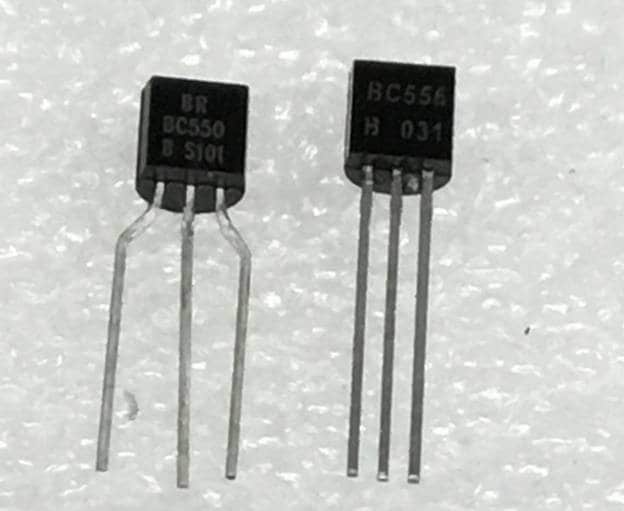
This time, I use a transistor because it is a discrete circuit, but this part can drastically change the reproduced sound, too.
Complementary refers to a pair of transistors of opposite voltage polarity (PNP and NPN).
The most popular pairs of Japanese complementary transistors are the 2SC945 and the 2SA733, and the 2SC1815 and the 2SA1015.
Both pairs can be used for the direct box we are going to make, but we are picky!
I’m thinking of using a pair of imported BC550 and BC560 or a pair of Japanese 2SC2240 and 2SA970.
It may be difficult to find either pair, but the BC550 has neat sound quality with low noise, and its clarity does not blur the sound image down to the ultra-low frequencies.
The 2SC2240 is not only low noise, but is also versatile in reproducing any frequency.
It is perfect for electric guitar and acoustic electric guitar, and anything else. It even finely balances the highs that might be too bright, while maintaining their excellence without making it too assertive.
Of course, you can also use transistors of your choice, and it will be fun to search for them.
Part #3: Capacitor 0.1uF and 10uF
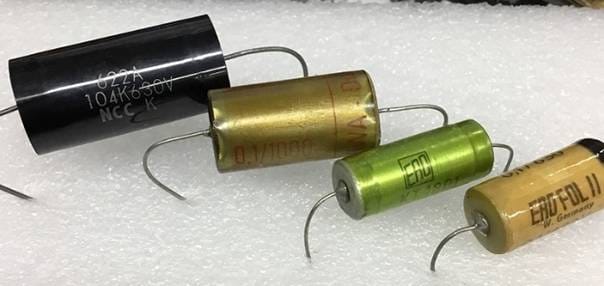
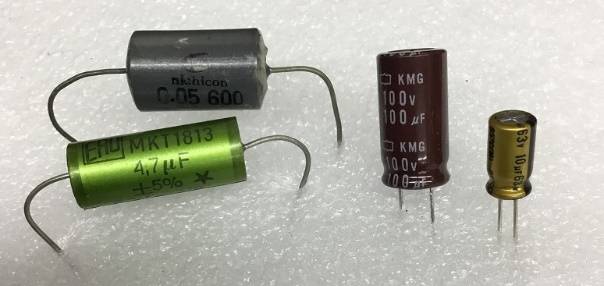
There are two capacitors directly related to the audio signal.
One is 0.1uF/50V- which is used for the input section and the other is 10uF/63V- for the input section of the transformer. I would like to focus on the 0.1uF capacitor.
I use the vintage ERO KT-1800 due to the stock condition, but this may be the most important part if you are looking for a vintage flavor.
If you’re trying to use a capacitor that is just plain old and you don’t even know where it’s from, please don’t use it. It may cause noise.
The 10uF capacitor is necessarily an electrolytic capacitor due to its capacitance.
However, if you have an enough space factor, you can use two 4.7uF film capacitors in parallel.
When you use the electrolytic capacitor, you should buy it new and in the highest quality possible to avoid interference from the DC current in the transformer.
Capacitors used in other parts are: A 1uF/63V and a 100uF/63V electrolytic capacitor, and a 0.047uF/50V-100V film capacitor.
Part #4: Resistor
The resistor is often the most overlooked part, but in fact, it is the part you have to encounter most frequently.
There must be many resistor manufacturers that you may have never heard of.
Surprisingly, many people know the manufacturers of capacitors but not the manufacturers of resistors.
Made-in-Japan 1/4W gold skin resistors from KOA are probably the easiest to purchase, but if you want to be assured good sound quality and low noise, made-in-Japan molded resistors from HDK or the CFM-55, CMF-60, RN-55, and RN-60 resistors from American manufacturer Dale, are also good.
There are so many options for resistor makers: Takman Electronics, Tama Denki Kogyo, Nikkohm, Rikenohm, and for foil resistors (quite expensive), Susumu, Alpha Electronics, Vishay, etc.
However, I repeat that it is best to avoid using solid carbon resistors that you don’t even know where it comes from.
I have encountered noise and continuity failures that cannot be expected from the outside as well as inaccurate resistance values.
Resistance values we are going to use this time are these 10:
- 47Ω x 1
- 3.9KΩ x 1
- 6.8KΩ x 2
- 10KΩ x 2
- 100KΩ x 1
- 470KΩ x 2
- 1MΩ x 1
I will use the Dale RN-60 for this project.
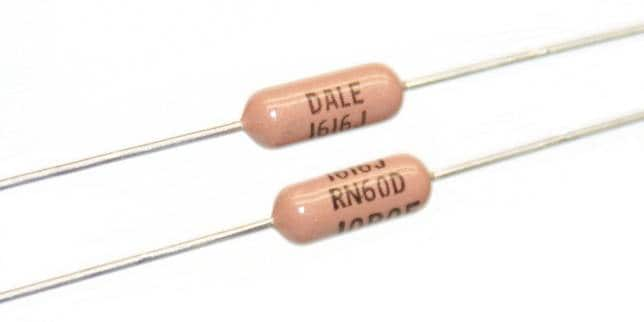
Part #5: Other Parts
- Zener diode: 1/2W12V x 2
- Rectifier diode: 1N4004 to 1N4007 x 2
- Input jack: Switchcraft #12A x 1
- Output jack: Switchcraft #11 x 1
- XLR OUT jack: NEUTRIK NC3MD-LX-B x 1
Plus a piece of universal circuit board about 5cm x 7cm.
If possible, I will also use the AWG24 Teflon silver plated wire for wiring.
That’s all.
First off, we are going to make a basic direct box.
This alone is enough to complete a high quality direct box.
In the next chapter, I’m going to talk about the circuit diagram, so please find the parts that you will be happy with by then.
See you in the next chapter!






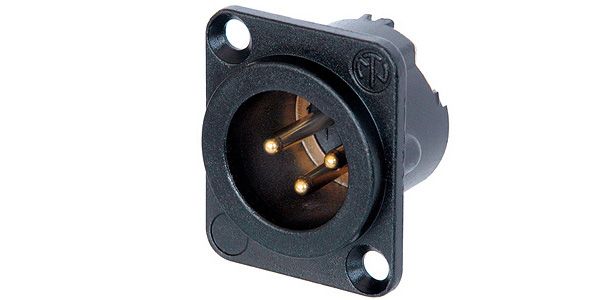
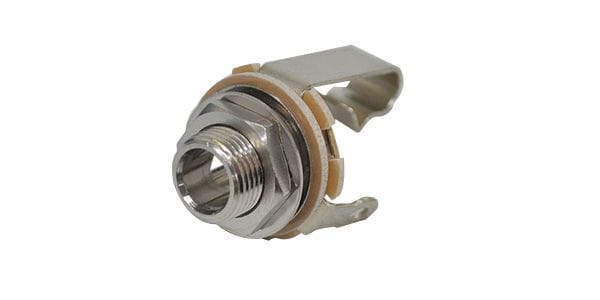
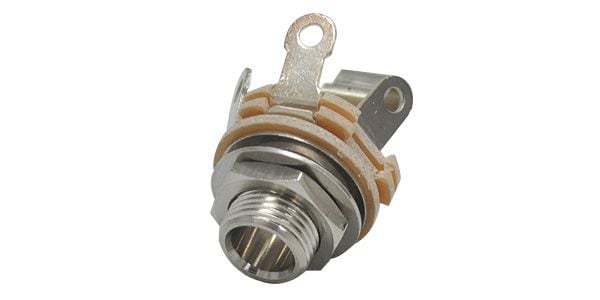

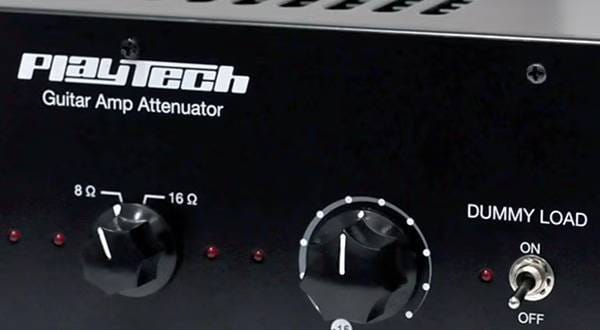

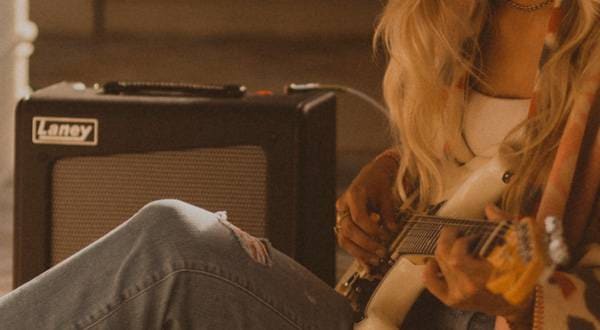

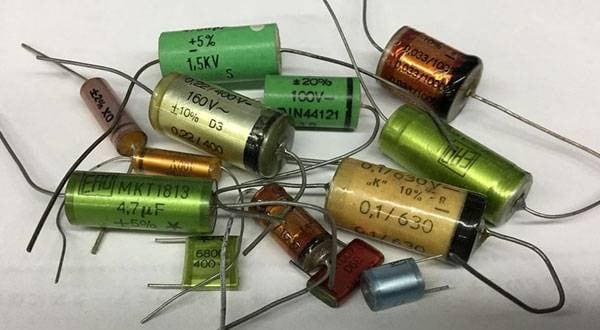
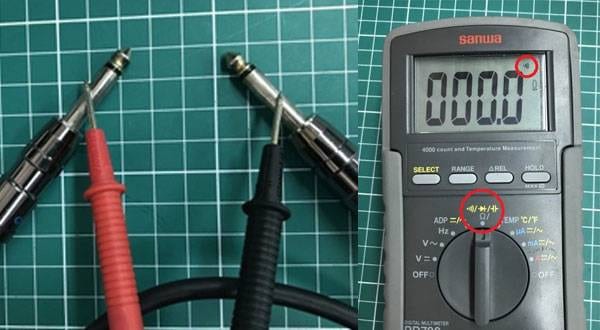

![[Thorough Review!!] Antelope Audio / Discrete 4 Synergy Core](/contents/uploads/thumbs/2/2021/8/20210806_2_13613_1.jpg)
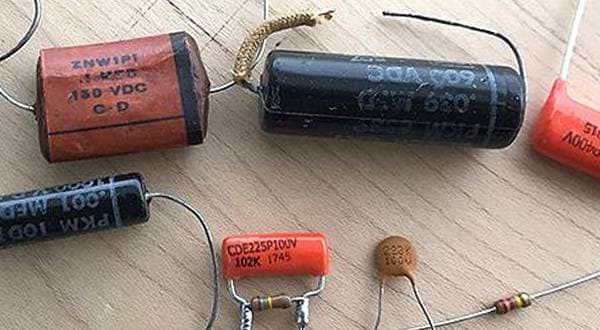
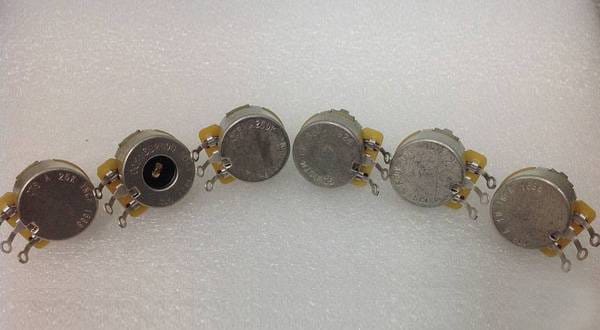
 あなたのエフェクターボード見せてください
あなたのエフェクターボード見せてください
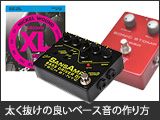 太く抜けの良い音を求めるベーシストへ
太く抜けの良い音を求めるベーシストへ
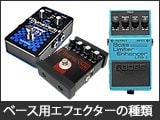 ベース用エフェクターの種類
ベース用エフェクターの種類
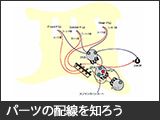 パーツの配線を知ろう
パーツの配線を知ろう
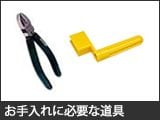 お手入れに必要な道具
お手入れに必要な道具
 エフェクターの種類
エフェクターの種類















